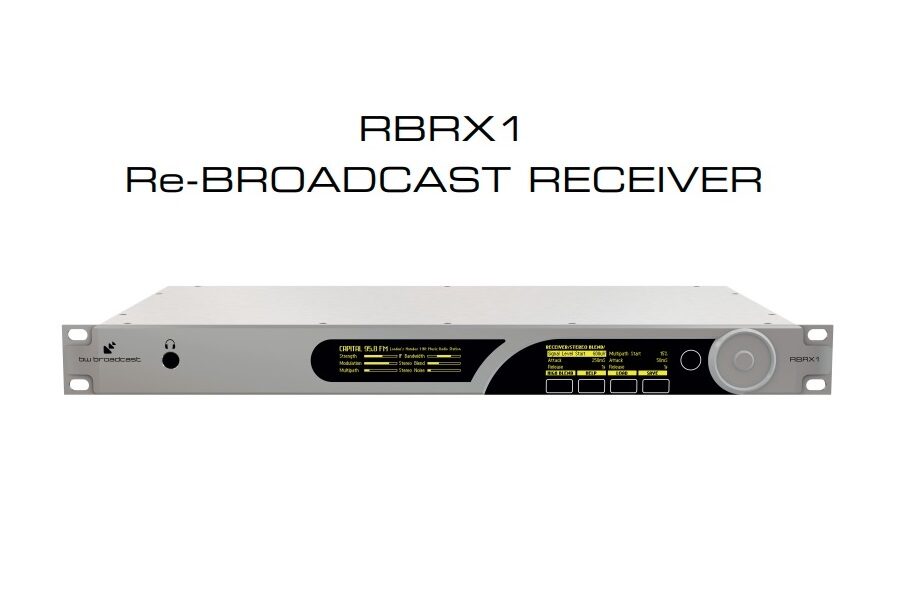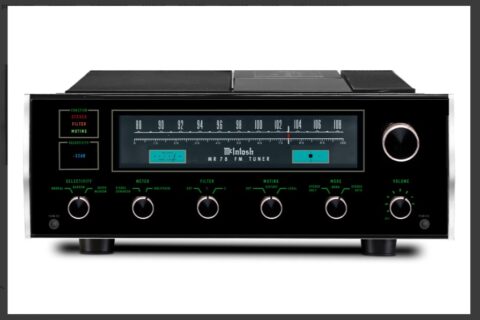To begin with, the BW Broadcast RBRX1 FM receiver from the UK is, in one respect, not really suitable for audiophile use, at least the individual I had for a short review. Not because it looks and feels and even smells like a PRO tool, which it predominantly is, of course. Nor because it has a way more utilities than required from a Hi-Fi tuner at home. For example, for re-transmission applications, the RBRX1 adds DSP enhanced MPX output that reconstructs a clean peak level and bandwidth limited waveform; RDS PI code checking prevents translators and repeaters from being hijacked or jammed; Plan-B silence detection technology automatically switches to either of the analogue and AES/EBU digital inputs, or to the built-in flash memory to keep broadcasting in the event of reception loss. And so on. BW Broadcast does have another, less expensive (c. 1500 euro) model, RX1, which appears to be more like a typical Hi-Fi tuner.
What really prevents the RBRX1 from being an audiophile grade Hi-Fi tuner is, however, its unpleasantly noisy fan that starts making its noise immediately when the device is powered. That’s what the heavy application of DSP means: intensive processing and increasing heat. In the PRO environment the sort of wheezy noise may be acceptable but my guess is that audiophiles won’t take it just as a minor nuisance, unless the tuner is kept in another room behind closed doors. Also, what’s the point of striving for better S/N ratio (65 dBf mono/stereo: 70 dB/68dB), if the device at the same time adds mechanical noise that can be heard from a long distance.
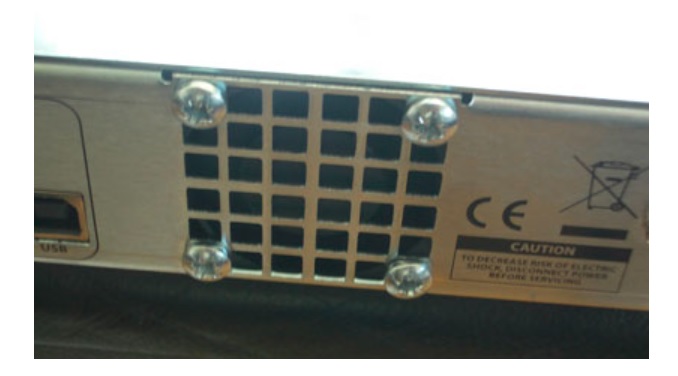
Secondly, the RBX1 is an extremely versatile receiver offering all sorts of adjustments and settings that go much beyond the level of a standard Hi-Fi tuner. Adjustments are provided for over 50 parameters, including audio and IF bandwidths, de-emphasis and blending for stereo, HF and ultrasonic noise as well as control of blending levels and attack & release times. All adjustments, plus factory presets and user stored settings, can be accessed from the front panel or via Ethernet and serial connections. Despite rather small screens, the RBRX1 is fun to use: the user interface is obvious and easy to learn. For those that like the style and spirit of vintage tuners, there’s none of it here. This is a PRO world product (only balanced analogue and digital outputs/inputs are available). Nothing sentimental about it.
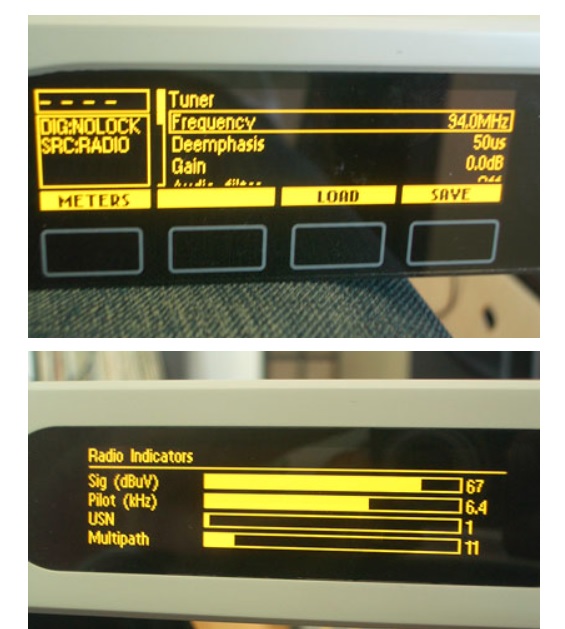
Despite or because of all the technology, digital especially, that has gone in the RBRX1, the specs although not bad aren’t the best among modern top tuners.
Thirdly, the RBRX1 is heck of a receiver (I used a cable antenna) in tuning to stations, and a strong signal handler. The stations lock dead firmly and the signal is super strong from station to station. Stations that were weak or non-existing with lesser tuners (such as mine) are picked up by the RBRX1 and conveyed with clarity and without distortion. I didn’t try how the RBRX1 would capture the most distant stations but I’m positive that the RBX1 would be a perfect tuner for the purpose.
SOUND QUALITY
As to the sound quality, the RBRX1 beat my QUAD FM4 six-zero, no question about it. In the bass department particularly the improvement was clear and evident (went, say, 0.5 octave lower) but also throughout the rest of the audio band. As if the RBRX1 had unveiled and unlocked the sound to become more full range, more three dimensional, more spacious, in short: more of almost everything. It was like the difference between an average and top vinyl player. The whole nature of the sound changed. The only doubt I had concerned the cause. Was the excellent sonic performance only a result of a better signal, and how would the RBRX1 sound against other top tuners given an equally pure signal?
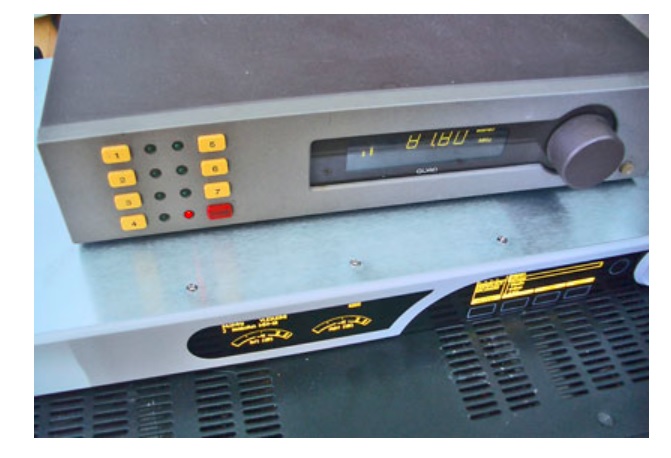
When I years back reviewed the Accuphase T-1000, I found it to be a wonderful sounding tuner especially when connected to an external quality DAC but also as such. Without a direct comparison, it’s hard to tell, if not impossible, how the RBRX1 would perform against the T-1000, and what the relative merits of each would be. I have a feeling that the T-1000 brought forward more of the upper register and was cleaner still, ie. added more of the famous digital brilliance (not harshness). Anyway, having heard the RBRX1 now I’d not hesitate to compare it with the T-1000, so promising was the sound despite that badly disturbing fan noise.
Compared, again indirectly, to the classic McIntosh MR 78 FM, I’d say neither the RBRX1 nor the T-1000 sound equally “analogue”, gentle and airy. But that’s me. Bearing in mind that I’m still in favour of vinyl sound in many respects, it’s no surprise that I put first that huge, warm (not dull) and musically gracious sound that the MR 78 appears to be capable of, and wonder if either the RBRX1 or the T-1000 can do the same.


